
The current browser does not support playing music or voice, please play it in WeChat or other browsers>China-P>Xu Mengyuan - Alone>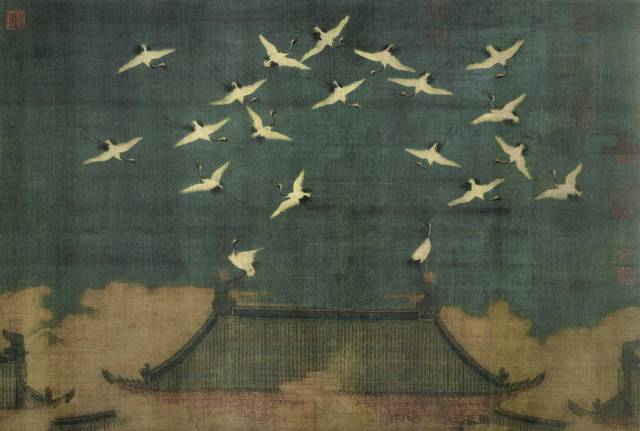 >>-->
>>--> >>
>>Fonts of Song Edition
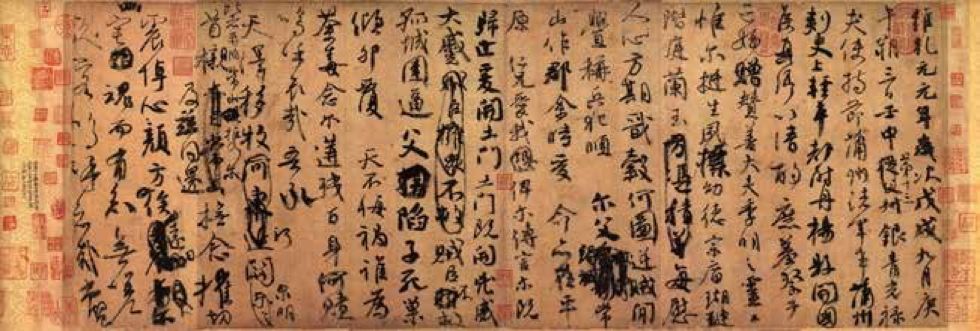
Song Dynasty, the most civilized dynasty in Chinese history. Although Song Taizu ruled the world by force, he was by no means an ordinary warrior. He is well aware of the importance of force, so he draws on the experience of previous dynasties and adheres to the pragmatic ruling policy of "ruling the country with words".
During the two and three hundred years of the Song Dynasty, although the Song Dynasty was vulnerable in military operations, its outstanding achievements in material and spiritual civilization made it achieve an ideal state of long-term stability.

The aesthetics of the Song Dynasty can be said to be a minimalist model leading the world for a thousand years.
Song people continued, broke through and innovated on the basis of the aesthetics of the Tang Dynasty and the Five Dynasties, and finally formed an elegant, light, simple and simple aesthetic appearance. And this kind of aesthetics is projected on Song edition books, which is a collection of most of Song people's aesthetics in literature, calligraphy, painting, engraving, etc., showing unique characteristics.
The value of Song edition books is regarded as more important than gold in the book industry. The reason is that Song edition books integrate the aesthetics of Song people. We can get a glimpse of Song people's living conditions and even their aesthetic pursuits from Song edition books.
△Part of "Ni Kuanzan" by Chu Suiliang (collected by the National Palace Museum, Taipei)
Specifically speaking, engraving printing in the Song Dynasty required calligraphers to first write the characters to be printed on thin paper according to the printing specifications, then paste them on jujube or pear wood, and then use a knife to carve the characters on the thin paper. On the wooden board, when printing, cover the positive text on the wooden board with ink, and then it can be printed directly on the paper. The Song Dynasty was a period of heyday of calligraphy. Song Huizong himself was proficient in calligraphy, and even created his own thin gold body. The book printers in the Song Dynasty also pursued the perfection of fonts, and the people of the Song Dynasty paid more attention to the stable and solemn regular script. Therefore, several influential calligraphers of the Tang Dynasty at that time were widely praised, and the calligraphy styles of Ouyang Xun, Liu Gongquan, Chu Suiliang and Yan Zhenqing were well received widely used. 
△"Manuscript of Memorial to Nephew" Yan Zhenqing's running script
There is a reason why Song people admired calligraphers of the Tang Dynasty. The Tang Dynasty was the peak of the development of calligraphy art, and the Song Dynasty continued this trend.
Calligraphy art of the Tang Dynasty inherited the charm of the Six Dynasties period, especially the regular script, combining the beauty of the Southern Dynasty regular script with the squareness of the Northern Wei Dynasty stele, forming a unique grand Tang momentum. △"Zhang Hantie" Ouyang Xun
The Yan style and Liu style are more common in Song edition books. Yan Zhenqing is another master of calligraphy after Wang Xi. His great ancestor is Yan Zhitui, a famous scholar in the Northern Qi Dynasty. It came from him. The great-grandfather was Yan Shigu, a scholar in the early Tang Dynasty. During the Anshi Rebellion, Yan Zhenqing's nephew died tragically under the knife of the Anlushan rebels. He wrote "Manuscript of Sacrifice to Nephew" in grief and indignation, which became a masterpiece in the history of calligraphy. △"Ni Kuanzan" Chu Suiliang (collected by the National Palace Museum, Taipei)
After Yan Zhenqing, Liu Gongquan in the middle and late Tang Dynasty was another master of calligraphy. Liu Gongquan also studied Wang Xizhi in his early years, and later studied Ouyang Xun and Yan Zhenqing, combining the characteristics of several people to form a whole. Mi Fu in the Song Dynasty commented on Liu Gongquan as "like a Taoist priest deep in the mountains who has completed his cultivation, his air is clear and healthy, and he is not a bit vulgar." The works handed down by Liu Gongquan are not as many as those of Yan Zhenqing. Only works in regular script such as "Mysterious Pagoda Stele", "Shen Ce Army Stele" and "Diamond Sutra Carved Stone" have been handed down. The willow characters are sharp and angular, tend to be thinner, just like the face characters, they are all developed from the predecessors, and they are innovatively blended. It is called "Yan Jin Liu Gu" in the world. After the popularization of the printing industry in the Song Dynasty, most of the fonts written by Yan and Liu were used as printing models. This is the ancient Song typeface. Gao Lian, a dramatist in the Ming Dynasty, commented that "the books written by Song people are hard and soft, and the calligraphy and painting are like writing", and Zhang Yingwen in the Ming Dynasty once said " Most of the writing is fat and thin, and the best ones must have the Ou and Liu brushwork." Xie Zhaozhe of the Ming Dynasty also believed that "there are two types of fat and thin inscriptions in the Song Dynasty. The fat ones learn from Yan, and the thin ones learn from Ou". △"Huzhou Tie" (partial) Yan Zhenqing
It is not difficult to see that at that time, the calligraphers of the Song Dynasty, such as Su Shi, Huang Tingjian, Mi Fu, Cai Xiang, etc., had not yet formed their styles, so it was Ou in the Tang Dynasty who influenced the engraved calligraphy. , Liu, Chu, and Yan Zhujia. The achievements of Tang people in calligraphy pushed regular script to a peak. While it is widely accepted by people, its use value cannot be ignored. The solemn and dignified features of regular script just meet the needs of engraved books, so it is only natural that the calligraphy of Tang Dynasty calligraphers were selected as objects of imitation and applied to engraved books. In the later period, the Song version of the book evolved into an early printed style that was horizontally flat and vertically, horizontally light and vertically heavy. This is also developed on the basis of several calligraphy styles in the Tang Dynasty, and it is also the predecessor of the Song style that we use today. In the late Song Dynasty, full-time block writers appeared in the printing industry. During the long-term training and exploration of block craftsmen, they gradually innovated a new typeface. This kind of font was widely used in the Ming Dynasty. Its most distinctive features are horizontal thickness, vertical thickness, and square shape. Later generations also called this typeface "Old Song Style". △"The Preface to the Holy Religion of the Yanta" Chu Suiliang Song rubbings (collected by Tokyo National Museum, Japan) The layout structure of the Song edition books is clear, clear and concise, including character distribution, font size, row and column spacing, and ink color, etc., which fully demonstrate the delicacy and exquisiteness of the Song people. Before Emperor Wuzong of the Ming Dynasty, engraved books by Ming people had to be approved by the government, so people at that time mainly read ancient books of Song and Yuan editions and Ming Dynasty books reprinted through engraved blocks handed down from generation to generation. During the Zhengde period, the laws restricting folk engraved books were loosened, and folk engraved and printed books became popular in the Jiangnan area. However, the folk engraving workshops in the Ming Dynasty were shoddy, and the paper and ink were not exquisite. The pursuit of quick sales for profit turned into a purely commercial behavior. The biggest difference between Ming Dynasty books lies in the use of calligraphy style. Zhao Meng, a calligrapher in the Yuan Dynasty, changed the brushwork from the ancient to the present, deleted the complex and simplified, and the shape was elegant, which was highly praised by the Ming people. This made the printing of books have a new development direction, and "yanjinliugu" was no longer popular. From the printing of books in the Song Dynasty, we can further see the aesthetic attitude of the Song people. The style of writing prevailed in the Song Dynasty, and all social strata encouraged the cultural industry, and the attitude of the scholar-bureaucrats to culture and art was different from that of previous dynasties. They pursue "rhythm" in aesthetics, and hold an appreciation and playful attitude towards culture and art. Taking books as an example, Song people can feel the subtleties above the material. Books are not just books themselves, but a As a pastime and a spiritual refreshment, they pay attention to the exquisite craftsmanship of all aspects of books. "Everything has its beauty, and it must have its rhyme; if the rhyme is not strong, its beauty will be lost." Song people connected rhyme with beauty, beauty is elegant, and beauty is pleasing to the eye. △"Mr. Nanxuan Collected Works" Song Dynasty It can be said that the Song Dynasty paid attention to literati, The appointment of literati and the improvement of the status of literati led to the emancipation of the mind and spirit. Through the few surviving Song edition books, we can still get a glimpse of the poetic flavor of that era. The beauty of the font of the Song version
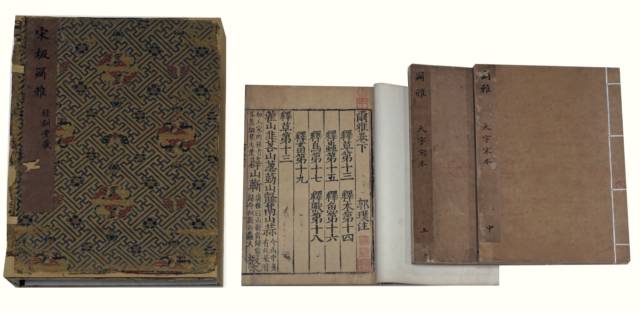
Song people pursued the perfection of fonts. A generation of emperor Song Huizong was proficient in the art of calligraphy, and created his own thin gold body. The book printers in the Song Dynasty preferred the steady and dignified regular script. The fonts of Tang Dynasty calligraphers Ouyang Xun, Liu Gongquan, Chu Suiliang and Yan Zhenqing were widely used at that time.
Under the free and relaxed cultural environment, a large number of literati also participated in the business of printing books, including Su Shi, Zhu Xi and other calligraphers. They personally presided over the engraving of books and published a large number of classics and classics. In the later period of the Song version of the book, the horizontal and vertical, horizontal and vertical heavy printing evolved. In fact, it is also the predecessor of the current Song style.
The beauty of the layout of Song edition books

The layout structure of the Song edition book is clear, clear and concise. The layout of each leaf is often composed of a frame, a border line, a core, and book ears. Song Ben pioneered the format of the sky head and the foot of the ground in the layout, so that the information in the sidebar of the frame can be presented neatly, which continues to this day.
The distribution of text, font size, spacing between rows and columns, etc., and the color of ink are also quite exquisite. All the layout characteristics fully demonstrate the delicacy and exquisiteness of the Song people. Appropriate blank layout design also reflects the beauty of neutrality in the Song Dynasty.
The beauty of Song edition book binding

Butterfly binding and bag back binding are the two most important binding forms of Song edition books. Why did thread-binding and frame-binding not continue in the Song Dynasty?
People in the Song Dynasty believed that the method of sticking leaves was the best way to bind ancient books. After a long period of time, even if the paste fails to disperse, as long as the leaves are intact, the order of the leaves can be found and restored. This is an advantage that thread packaging cannot satisfy. After a long time of thread-binding books, once the sewing thread is broken, it is difficult to find the original order of the leaves. In addition, thread-bound books need typesetting before production, the technology is complicated, and the paper used is larger than that of one-page-one-print books, which makes printing difficult. Therefore, the production speed is relatively slow and the production cost is very high if the book is bound and framed with seams.
Therefore, in the Song Dynasty, when the traditional hand-printing method of one page and one printing was dominant, thread-bound books did not become popular, but the more classical and elegant butterfly binding and bag-back binding dominated.

The aesthetic attitude of the Song people runs through to the printing of books in the Song Dynasty, which is reflected in the exquisite craftsmanship of the subtleties of the books. As early as the Ming and Qing Dynasties, Song edition books were the treasures that bibliophiles were eagerly searching for.
Mao Jin, a famous book engraver and bibliophile in the late Ming Dynasty, in order to search for Song edition books, hung a solicitation notice in front of his library door saying: "There are those who come from the Song Dynasty, and the owner of the door will pay for each leaf. There are two hundred copies...if there are rare books of today, the other family will give out one thousand, and the owner will give out one thousand two hundred." "It is enough to illustrate the value of Song edition books in the book industry and the collection industry.
The old saying "one page of Song version, one tael of gold" is spread in the market.
As one of the most expensive and high-grade collection books in the world, Song edition books are also the historical witness of Chinese papermaking, printing and Song Dynasty culture.
Note: Part of the content of this article comes from Zhizhong and the Internet.If you have any questions, please contact us in time.
THEEND


Copyright©2018 TYPESCHOOL
ALLrights reserved.
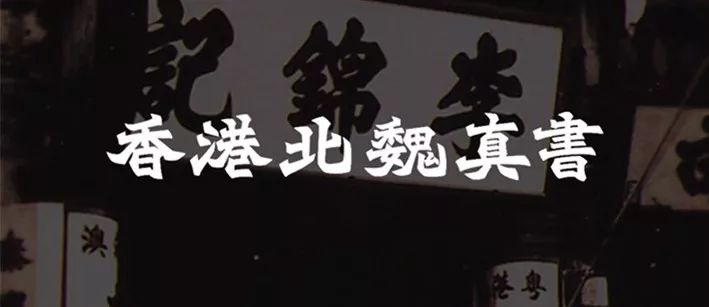
Take you to know the latest Type information in the world, and share all the fashion behaviors related to fonts, so stay tunedTypeschool
▼
KenyaHara
Ikkotanaka
Northern Wei Zhenshu HongKong
☻
The next issue will not be more exciting, but it is still worth looking forward to.
Articles are uploaded by users and are for non-commercial browsing only. Posted by: Lomu, please indicate the source: https://www.daogebangong.com/en/articles/detail/The%20font%20of%20the%20Song%20version%20book%20is%20also%20too%20particular.html

 >>-->
>>--> >>
>>




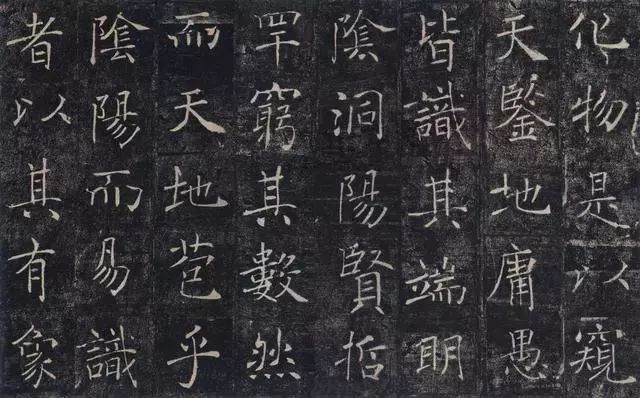












 支付宝扫一扫
支付宝扫一扫 
评论列表(196条)
测试